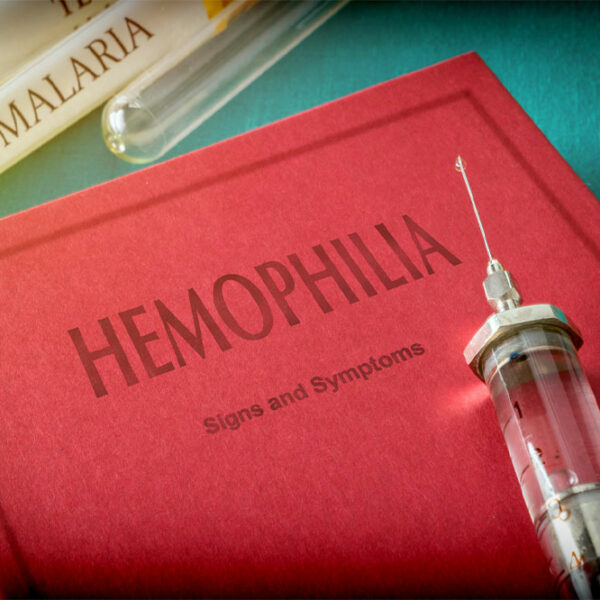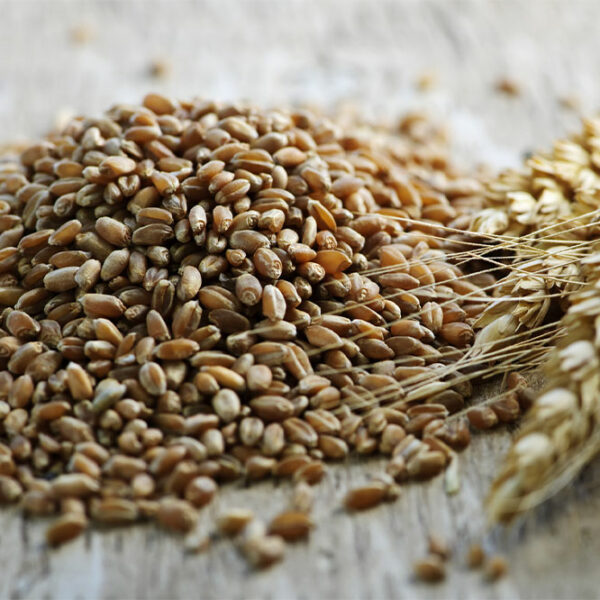
Travel precautions for hemophilia A patients
Hemophilia is a rare genetic bleeding disorder that affects a fraction of the people in the country. According to the Centre for Disease Control, roughly 12 out of every 100,000 males are diagnosed with hemophilia A. The bleeding is caused by a missing factor VIII protein, responsible for the blood’s clotting function. This inherited disorder is challenging to manage, and one must take the following precautions, especially while traveling with hemophilia A. Consult with a specialist Always consult with a doctor to understand if traveling with hemophilia A is possible in the first place. One should reconsider if the bleeding symptoms are severe. Some vaccinations for hepatitis A and B are recommended for patients who plan to travel. Doctors also provide a travel letter that explains the disorder for security purposes. Only then can airport officials allow prescriptions and care package supplies on board with the passenger. Prepare a precautionary kit Understand that airline baggage restrictions are not applicable for doctor-approved prescriptions and emergency supplies. So, patients can pack everything conveniently into a carry-on bag. However, it is the patient’s responsibility to label and mark all supplies, as there are certain prescriptions or equipment that cannot be exposed to X-ray scanning at the airport.









